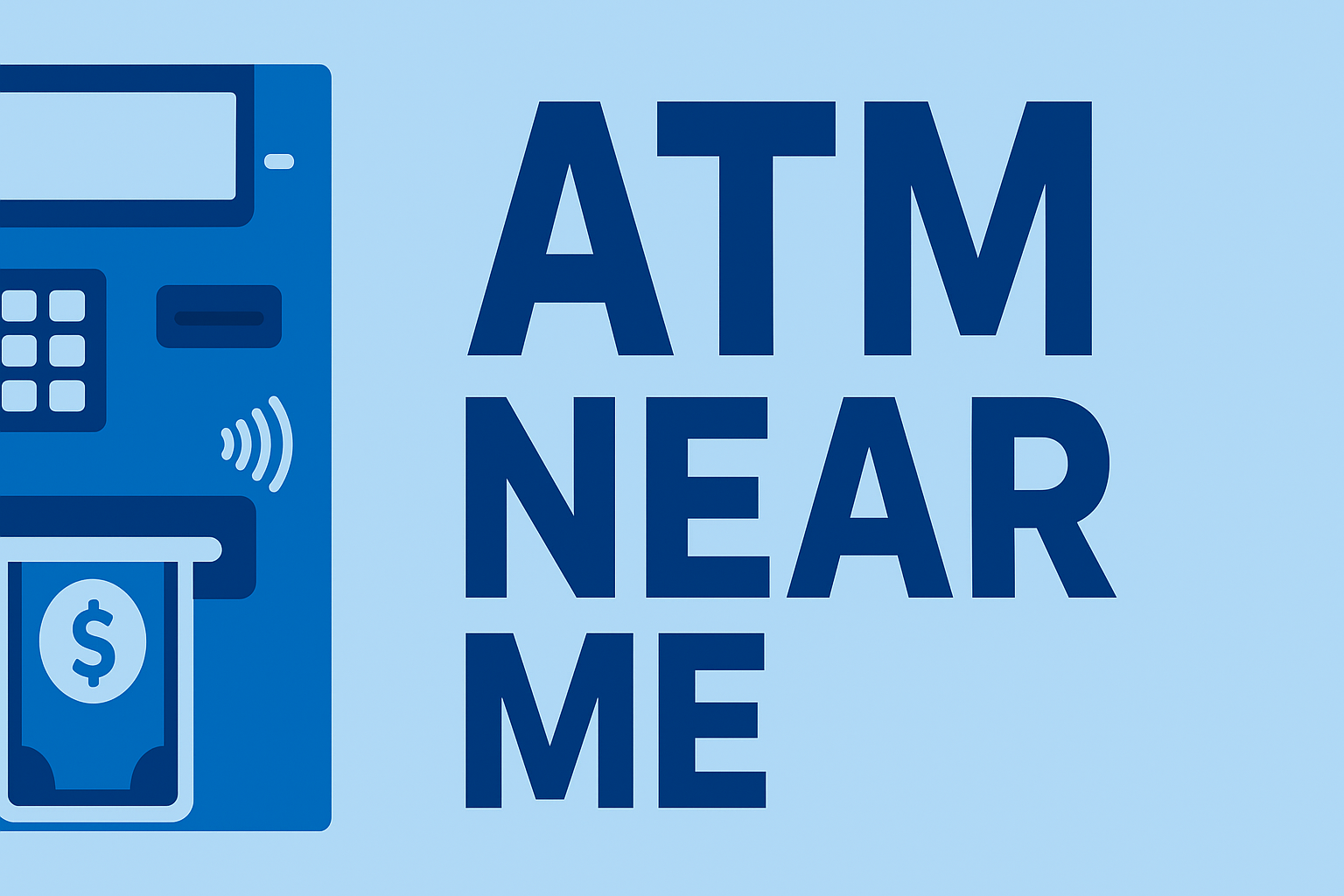ATM errors are more common than most people realize, and they’re usually caused by mechanical issues, sensor malfunctions, or temporary communication failures. Modern ATMs depend on dozens of internal systems—motors, sensors, cash cassettes, transport paths, encryption modules, and network switches—to complete a withdrawal successfully. For a full overview of how these components work together, see How ATMs Work.
This guide breaks down the most common causes of ATM errors and what is happening behind the scenes when a transaction fails.
1. Sensor Failures Inside the ATM
ATMs rely on dozens of sensors to detect card position, bill movement, door status, and dispenser function. When any of these sensors report irregular data, the ATM may display an error or cancel the transaction.
- Card reader alignment sensors
- Bill thickness and double-pick sensors
- Presenter shutter sensors
- Deposit imaging sensors
If you’re curious how these sensors work in detail, see ATM Sensors and Cameras.
2. Cash Cassette Problems
Cash cassette errors are one of the most frequent causes of failed withdrawals. These issues include:
- Low cash or empty cassettes
- Misaligned bills inside a cassette
- Incorrect denomination configuration
- Sensors misreporting cash levels
If the ATM cannot confirm both the denomination and count of bills, it will stop the withdrawal for security reasons.
3. Bill Transport and Stacking Errors
After bills are picked from the cassette, they are moved by belts, rollers, and routing gates. Problems in this stage often cause:
- Jam detected errors
- Partial dispense errors
- Misfeed or double-feed triggers
- Presenter failures
If a jam occurs, bills are usually rerouted to a reject bin and the ATM logs the incident for technicians.
4. Card Reader and EMV Chip Issues
Faulty or dirty card readers can cause transactions to fail before they even begin.
- Chip contact reading errors
- Magstripe read failures
- Deep-insert skimmers interfering with the reader
- Foreign objects or dust inside the reader
Repeated chip failures may trigger a security capture or fall back to magstripe, depending on network rules.
5. PIN Pad and Encryption Issues
The PIN you enter is encrypted using special encryption keys inside the secure PIN module. If these keys fail, expire, or desynchronize with the bank, the ATM will block the transaction instantly.
- Expired encryption keys
- Corrupted secure module
- PIN block mismatch errors
6. Network Routing or Processor Failures
ATMs rely on multiple network layers to approve your transaction. If any part of the communication chain fails, an error appears.
- ATM → Switch communication timeouts
- Bank processor down
- Card network delays (Visa/Mastercard)
- Local network outages
Many “Unable to Process Transaction” errors are temporary network timeouts.
7. ATM-Specific Error Codes
Every ATM manufacturer uses its own error codes, but they often map to similar issues such as jams, declines, or card-reader failures.
For a full list of common codes, see: ATM Error Code Directory
Final Thoughts
ATM errors usually come down to mechanical issues, sensor faults, or temporary network problems. These safeguards help prevent incorrect dispenses, protect your PIN, and ensure your withdrawal is accurate. Understanding the causes makes it easier to know what’s happening when a transaction unexpectedly fails.
